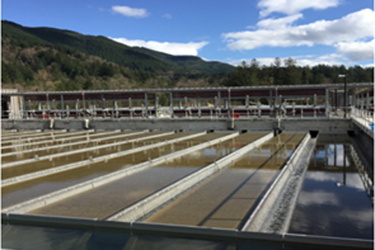Relating Zeta Potential To Jar Testing: A Comparison Of Two Methods To Optimize Water Treatment Plant Operation
By James Hogan, Ana Morfesis, and Ulf Nobbmann

Jar testing simulates the coagulation / flocculation process in a water treatment plant. In a set of beakers (typically 6) a defined amount of water is mixed with varying amounts of coagulant. Each beaker receives a slightly different dose of the coagulant, and then stirred for a set amount of time to mimic plant operation. The formation of floc happens like it would in full-plant scale. Recording these values, the plant operator can then narrow in on the best coagulant dosage. Thus, jar testing can help optimize the parameters to obtain the appropriate final water quality.
Get unlimited access to:
Enter your credentials below to log in. Not yet a member of Water Online? Subscribe today.
